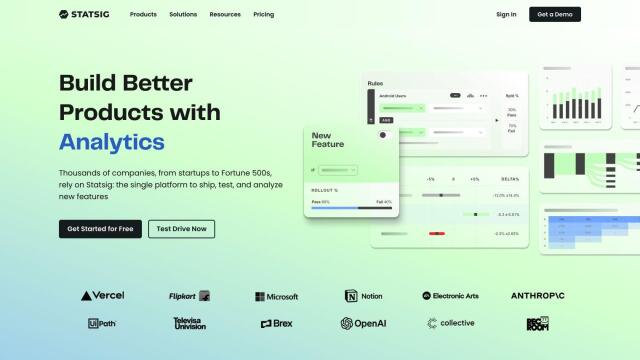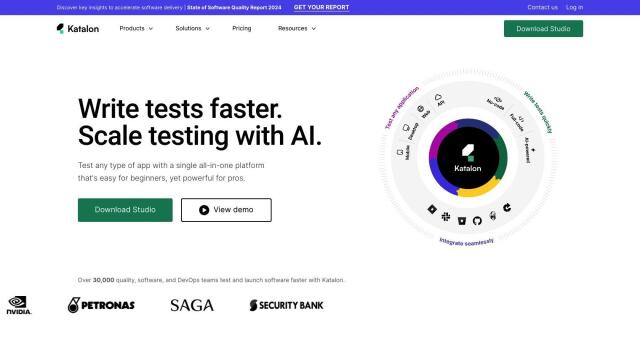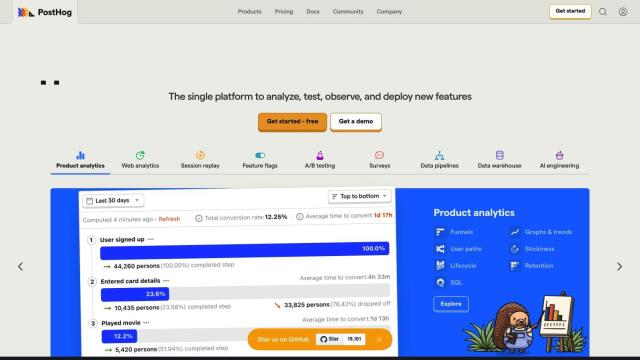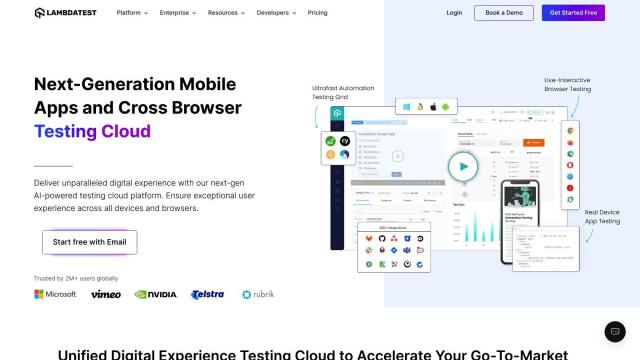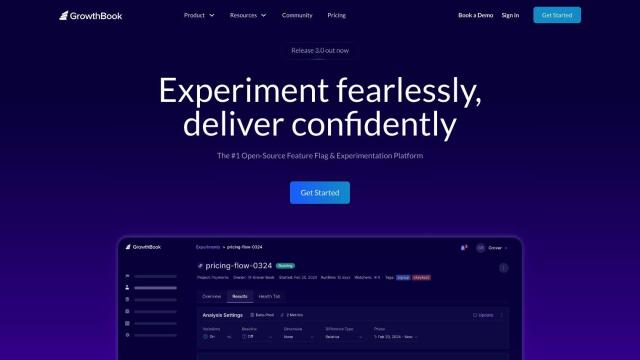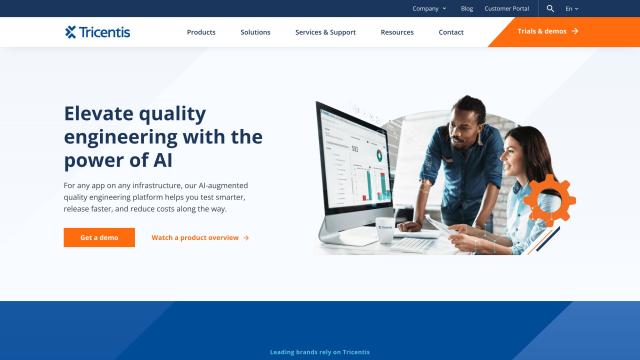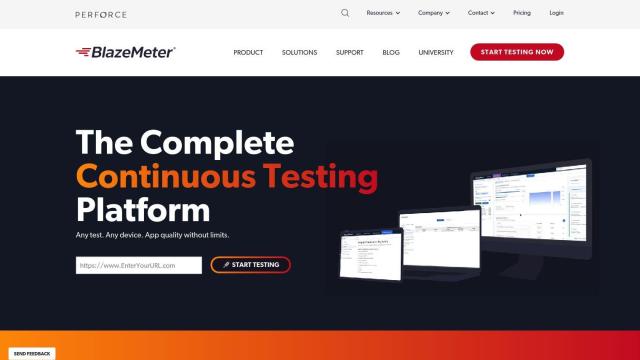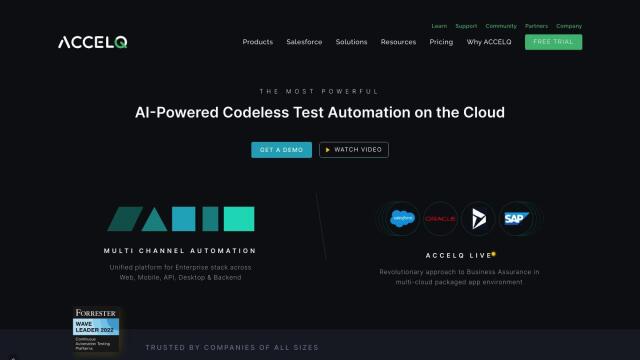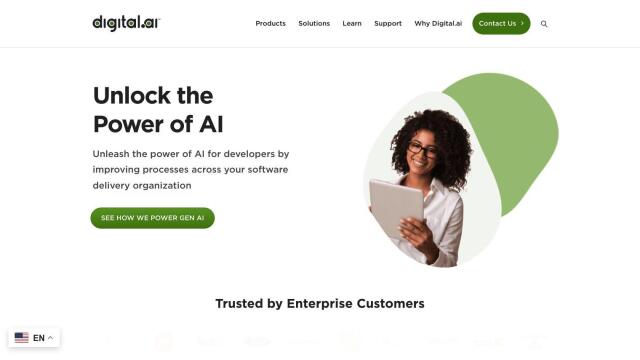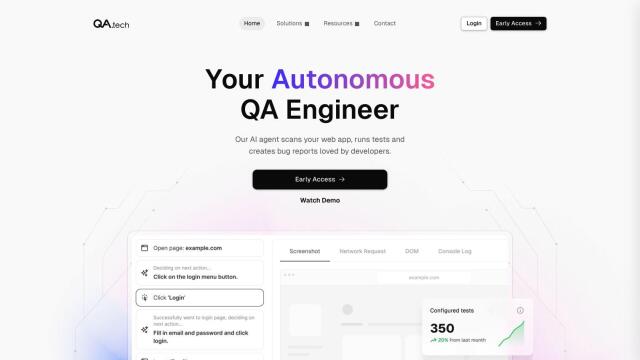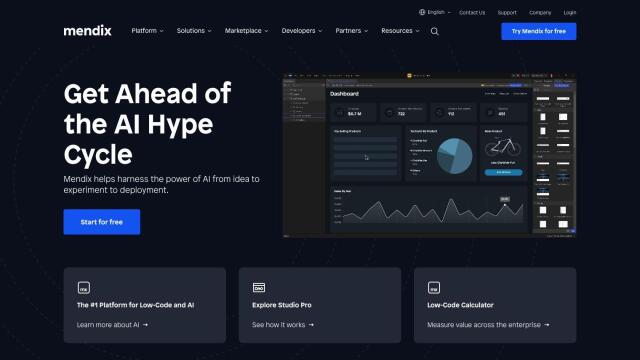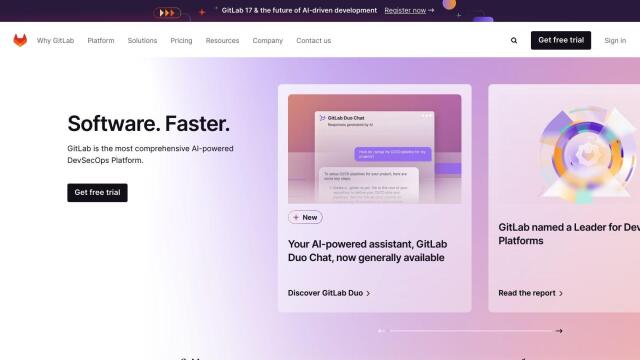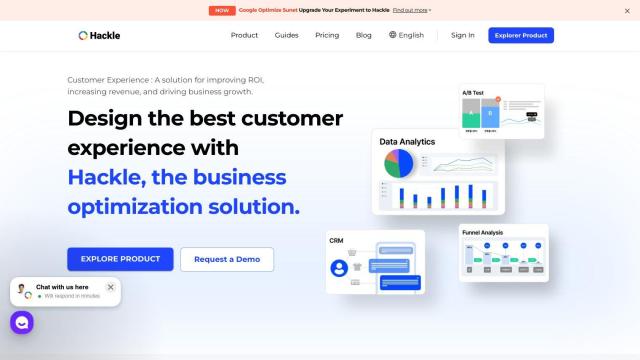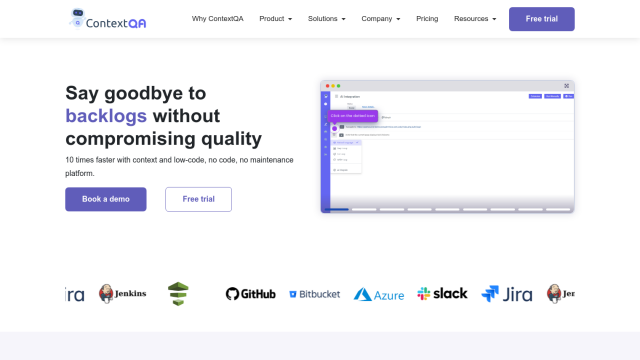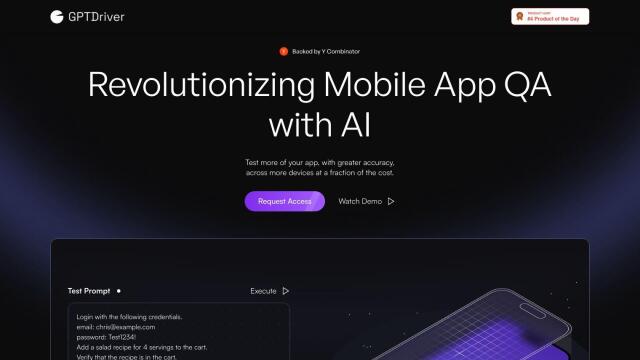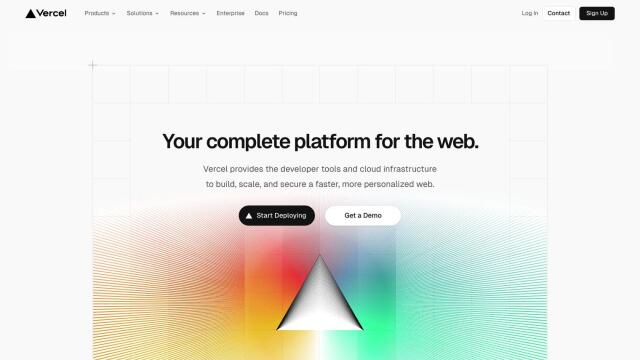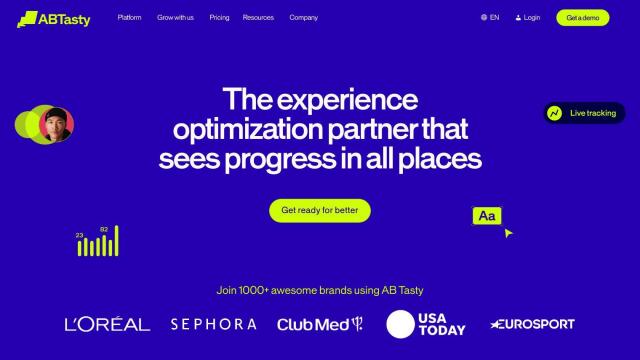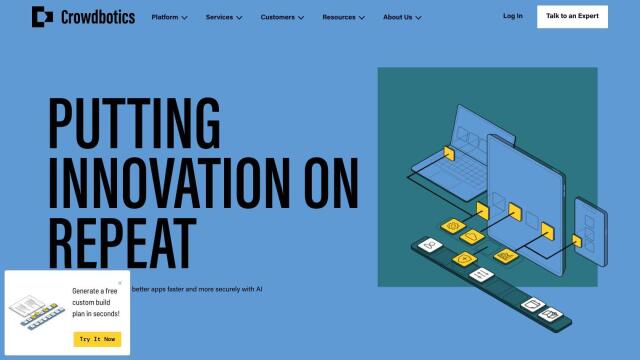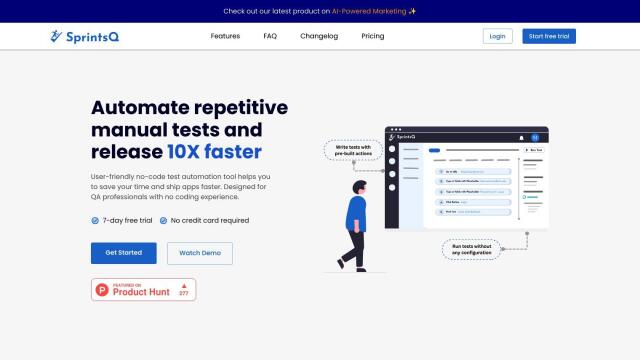Question: Can you recommend a platform that allows me to test and release features quickly and reliably across web and mobile apps?

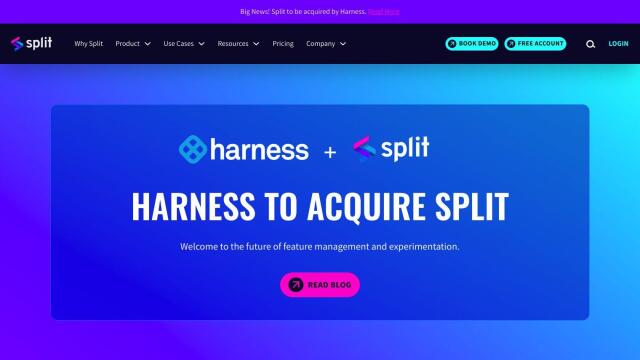
Split
If you need a platform to test and release features rapidly and reliably in web and mobile apps, Split is a good choice. It's designed to manage feature flags, software experimentation and continuous delivery to let product development teams release new features with less risk and more speed. Split's automated rollout monitoring, A/B testing and immediate feature impact analysis lets teams assess the effect of every release and quickly identify problems, so it's good for lowering risk and burnout.
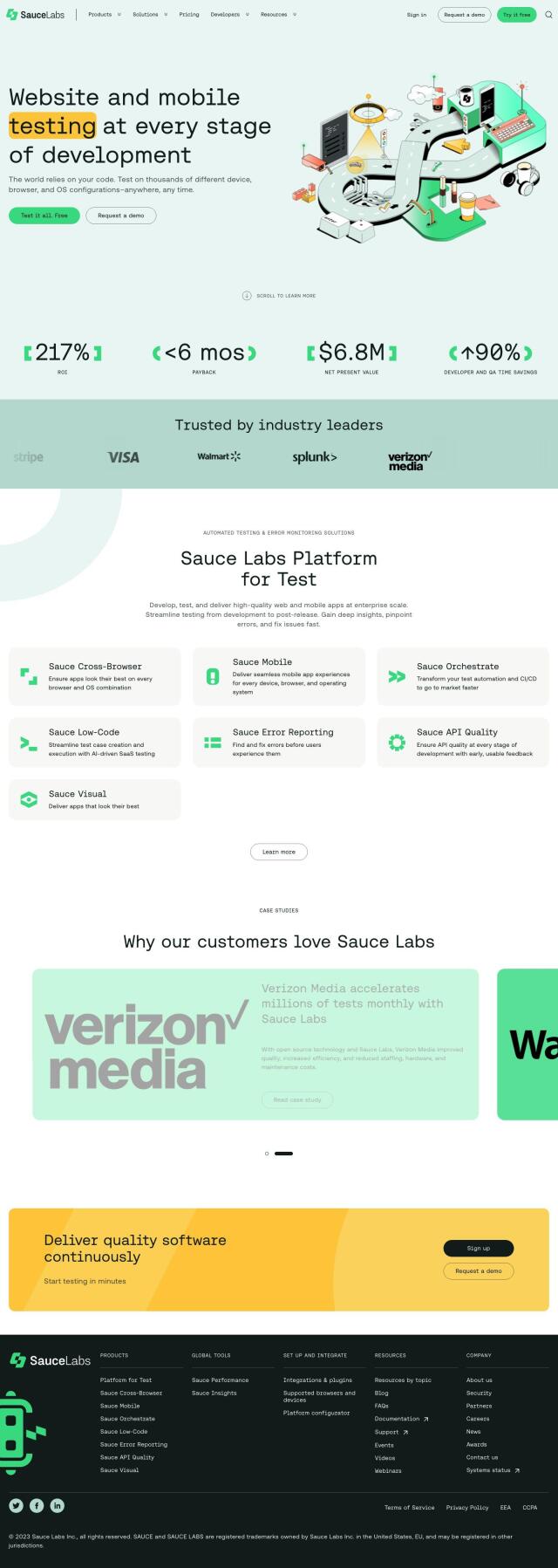
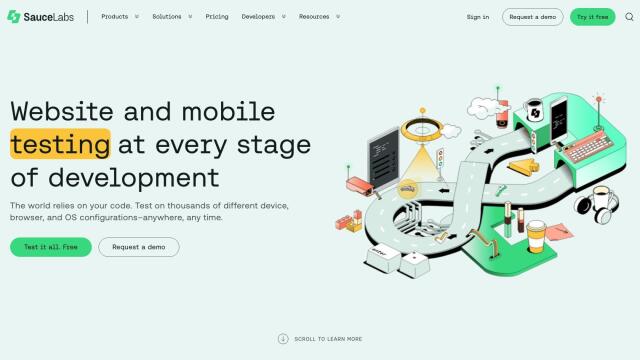
Sauce Labs
Another good option is Sauce Labs, an integrated testing platform that includes tools for cross-browser and mobile testing. It spans development and post-release testing with tools like cross-browser testing, mobile testing, low-code testing and performance analytics. Sauce Labs supports automation frameworks like Appium, Cypress and Selenium, so it's good for big businesses that need to ramp up testing to ensure apps are delivered reliably and efficiently.

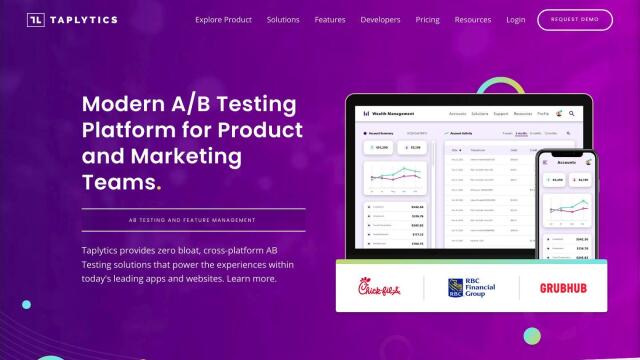
Taplytics
Taplytics is another option for cross-platform A/B testing and feature management. It's got more advanced feature management abilities, including cross-platform A/B testing, multivariate testing and AI-powered personalization. Taplytics is designed to reduce the time engineers spend on tasks and speed up experimentation and feature release, so it's good for teams that want to engage users better and make decisions based on data instead of gut instinct.

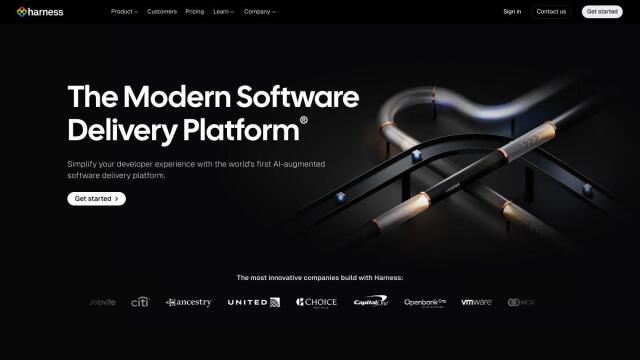
Harness
If you want a more general-purpose software delivery platform, check out Harness. It automates and optimizes the software delivery process from continuous integration and continuous delivery to feature flags and cloud cost optimization. Harness integrates with GitHub, Bitbucket and GitLab and supports multiple platforms, languages and operating systems, so teams can work more efficiently, reduce manual intervention and have a more reliable software development experience.

